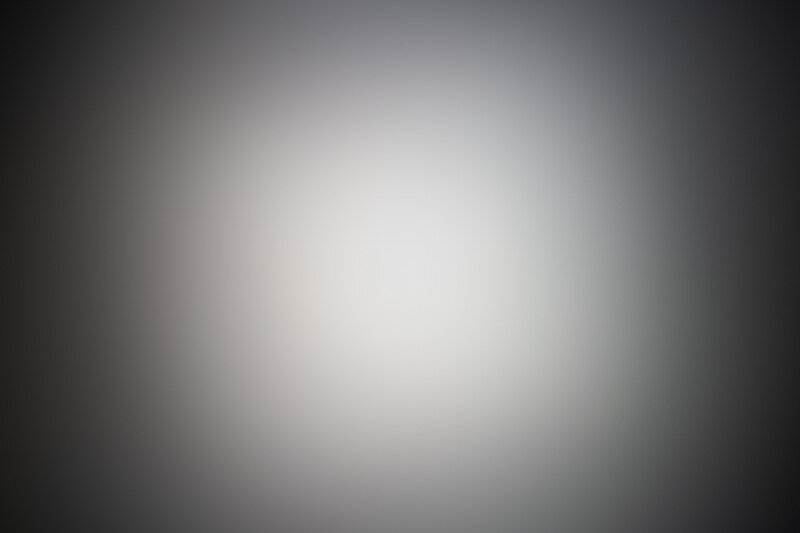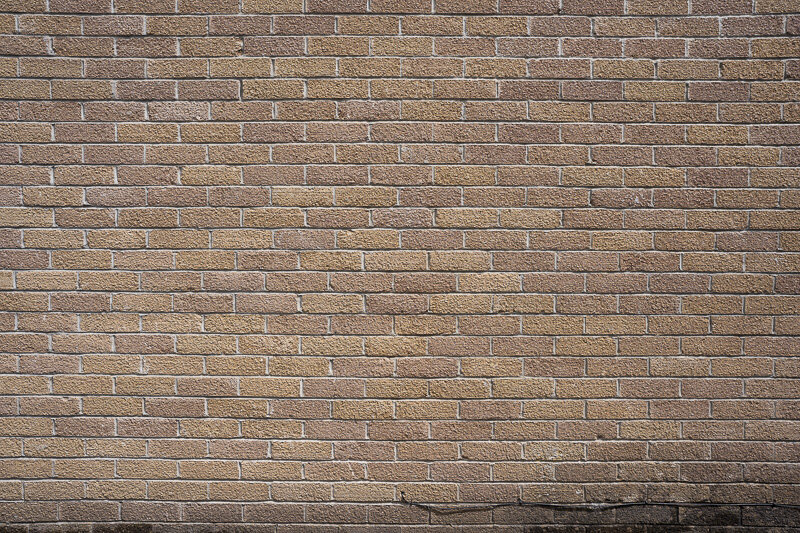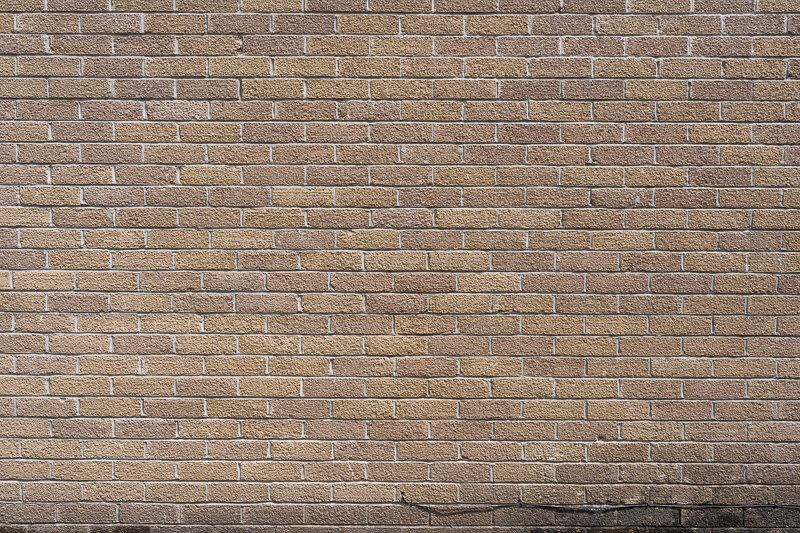Sony 20mm f/1.8 G Astrophotography Review + RAW Downloads
The Sony 24mm f/1.4 GM very quickly became my favourite lens of all time and is still in my opinion, the best lens ever made for landscape astrophotography. But I appreciate that a lot of people find the 24mm focal length quite restricting and tight and would prefer something a little wider. When Sony announced the 20mm f/1.8 G I didn’t hesitate to pre-order it, although I kept my expectations low given that it was only designated a G and not a G Master.
The design and build of the lens is exactly the same as the 24mm GM, which is great. They’ve really hit a home run with this design. Small, lightweight, takes 67mm screw-on filters, AF-MF switch, customisable focus hold button and an aperture ring that allows electronic or manual control and can also be de-clicked. It’s even a little bit smaller and lighter than the 24mm. What more could you ask for?
It’s actually 19mm?
One of the first things I noticed is that the Sony was noticeably wider than the Tokina and Samyang 20mm lenses that I had been using. Through a little bit of measurement, I worked out that the horizontal field of view was 86.1° which puts it closer to being a 19mm lens (86.9°) than a 20mm lens (84.0°). I then double-checked by working out the vertical field of view to confirm. Make of that what you will, but I quite welcome the extra bit of wideness.
Image taken with the Sony 20mm f/1.8 G. A red box was added to show the edge of the frame for the Tokina 20mm Firin f/2 which is almost identical to the field of view of the Samyang 20mm f/1.8 as well.
Sharpness
Long story short, the Sony 20mm f/1.8 G lens is phenomenally sharp! It’s even sharper than the 24mm GM. Perhaps my only complaint about this lens is that it’s maybe too sharp, which says a lot. I compare it to the Tokina 20mm f/2 and the Sony 24mm f/1.4 GM in the video above and you can also download RAWs at the bottom of this article to see for yourself.
The thing that worries me when a lens is ‘too sharp’ is that you’ve got to be careful with haloes on high contrast edges. You have to keep an eye on them at every stage of the editing process as adding contrast risks making the haloes more prominent.
(f/2.2 | 16 secs | ISO3200)
Aberrations
The Sony 20mm f/1.8 G lens is very impressive when it comes to star deformation in the corners of the frame. You can see that there is some sagittal and tangential astigmatism but the aberration is really small and also shows good improvement when you stop down. I would say f/2.2 is a sweet-spot where you will only see aberrations on the brightest stars and 95% of the stars are otherwise perfect. At f/1.8 and f/2.0 you can see some faint and small astigmatism wings on smaller stars.
It performs much better than the Tokina 20mm Firin which has larger astigmatism wings and a bit more chromatic aberration. The Tokina also has a greater effect on smaller stars. Sadly the Tokina doesn’t show much improvement when stopping down to f/2.8 from f/2.0 either. Not to say that the Tokina is a bad lens at all, just that the Sony is an excellent one.
Sony 20mm f/1.8 G vs Tokina 20mm firin f/2 shot with a Sony A7iii. Bright star Vega in the top-right corner of the frame (CLICK FOR FULL-SCREEN)
On initial comparison it even looks better than the 24mm f/1.4 GM but there are a few things to consider here. Stars will be bigger in the frame at 24mm, so it’s at a bit of a disadvantage in this comparison. The 24mm is almost perfect at f/1.4, but you can see astigmatism and a little coma on the bright stars (although it’s rare you will have a star this bright in the corner of the frame). The 24mm also shows more chromatic aberration (colour-fringing) than the 20mm, but this can easily be corrected in Lightroom.
For me, the 24mm f/1.4 GM has a sweet-spot at f/2.0, where even bright stars will appear round because any chromatic aberration can be corrected. But if there aren’t bright stars in the corner of the frame, you can shoot at f/1.4 and see practically no aberrations. With the 20mm, if you shoot at f/1.8 or f/2.0 then there will be a little astigmatism present in smaller stars in the corners of the frame, but it really is a little. I was surprised at how well the 20mm G performed as I was really expecting it to be considerably worse than the 24mm G Master but that’s certainly not the case.
In fact, I don’t think I’ve seen a fast 20mm lens perform this well in astrophotography before. I’d love to compare it to the new Nikon Z 20mm F/1.8 S lens, but from what I’ve seen I think the Sony will pip the post.
Sony 20mm f/1.8 G vs Sony 24mm f/1.4 GM. Bright star Vega in the top-right corner of the frame (CLICK FOR FULL-SCREEN)
Vignette and Light Transmission
Again, the Sony impresses with light transmission and vignetting but I only say that considering it’s size and small front element. It’s not amazing but it’s not bad but kind ofwhat you’d expect from such a lens. It certainly trumps the Tokina which was one of my biggest issues with it - it never felt like an f/2.0 lens. Single exposures were quite noisy due to the heavy vignetting and poor light transmission, meaning it wasn’t the best lens for astro timelapses. Below is an example of the Sony vs. Tokina at f/2.0 with all other settings kept the same. The Sony has lower vignetting and better light transmission meaning single exposures will be brighter and have less visible noise. I’ve also shot a couple of timelapses with the Sony and the results have been great.
Tokina (Before) vs. Sony (After). Both shot at f/2.0 | 1/100” | ISO100
Distortion
As expected with such a wide angle lens there is a little barrel distortion but it really is a little, especially considering that it’s a 20mm (almost 19mm) lens.
Conclussion
Sony have smashed it out of the park again. In my eyes, this lens should be called the Sony 19mm f/1.8 G Master because based on its performance it’s difficult to understand why it’s only a G lens and why it’s significantly cheaper than the 24mm GM. But hey, I’m not complaining!
I can comfortably say that as of the time of writing this, the Sony 20mm f/1.8 G lens is the best E-mount lens in this focal length for landscape astrophotography. That said, a second-hand Tokina 20mm f/2 MF can be had for an absolute bargain. The Sigma 20mm f/1.4 sits in the middle of these two in terms of price and the only reason I would recommend it is if you were planning to do landscape astrophotography timelapses and needed the wider aperture and better light transmission over the Tokina and you couldn’t quite justify the price of the Sony. Even then, the Sigma was originally designed for DSLR cameras so it’s pretty damn big and heavy and is a bit soft in the corners of the frame with astigmatism hanging around even at f/2.8.
But if you can stretch your budget, the Sony is worth every penny. Small, lightweight, and performs phenomenally.
Affiliate Link - https://geni.us/kSWS9bl
RAWs
If you’d like to download some sample RAWs, including the sharpness test I did with the trees comparing with the Tokina 20mm and Sony 24mm, click the button below:
Astro Workflow Lightroom Presets
Not just your average one click of a button presets but tools that help you develop a structured workflow whilst adding your own personal touch as you go.







